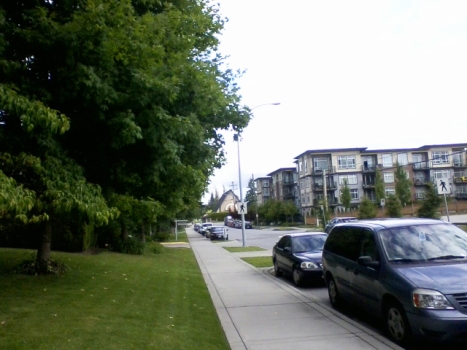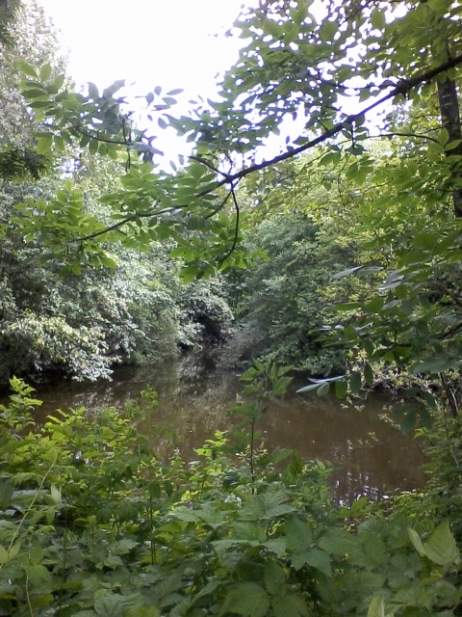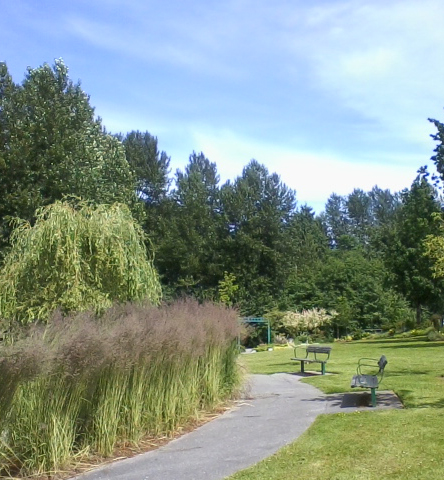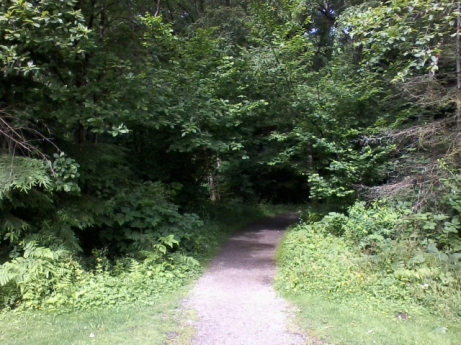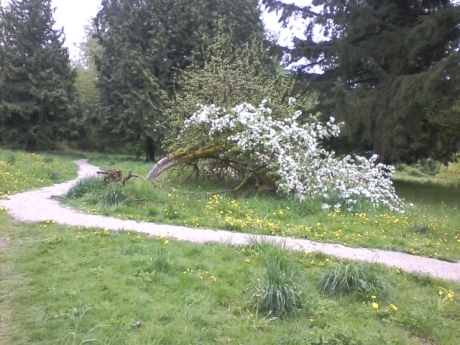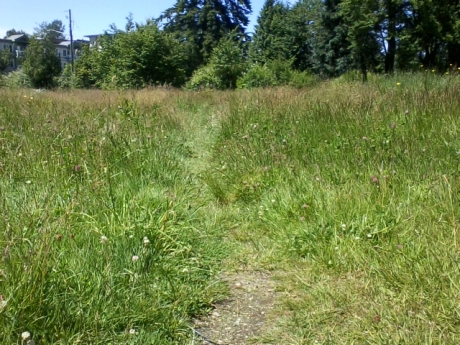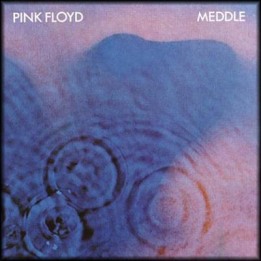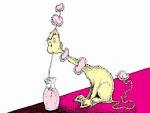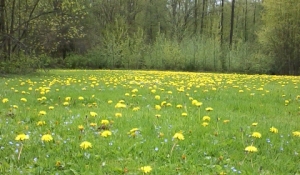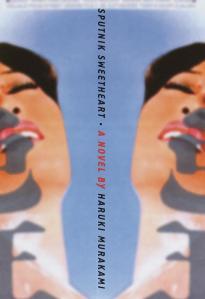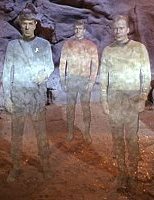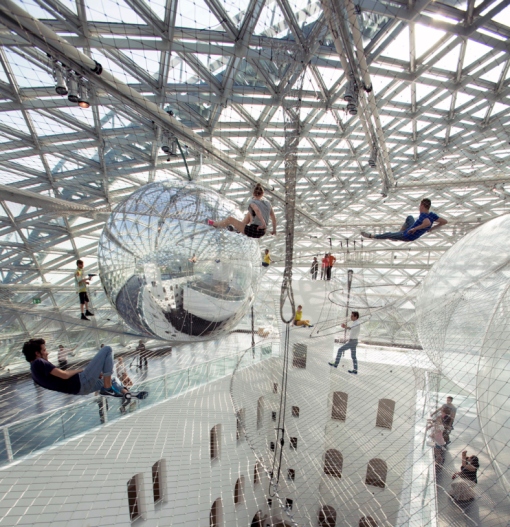I just finished reading The Motorcycle Diaries of Ernesto Guevara, better known as Che. It is an interesting historic glimpse into the mind of a young man who would become one of the most controversial and memorable personalities of the 20th century. Ernesto was twenty-three when he took a vacation from medical school to travel north through South America on a motorcycle with his good friend Alberto Arbenz (they eventually found it necessary to continue their journey by steamship, raft, horse, bus, and even resorted to hitchhiking on their eight-thousand kilometer trek). During their journey, Guevara witnessed the persecution of communists, the cruel treatment of lepers, the exploitation of workers, and the sad remnants of the Inca Empire.
There is some heartfelt writing in the short memoir (some sections are reminiscent of Jack Kérouac’s On the Road), and the trip is generally accepted as the catalyst for Guevara’s turbulent life as a revolutionary. Guevara began to dream of a united Latin America, free from what he felt was repressive interference from imperialism and neocolonialism.
From Guevara’s first section in The Motorcycle Diaries (Entendamonos; so we understand each other):
“The person who wrote these notes passed away the moment his feet touched Argentine soil again. The person who reorganizes and polishes them, me, is no longer, at least I am not the person I once was. All this wandering around “Our America with a capital A” has changed me more than I thought.”
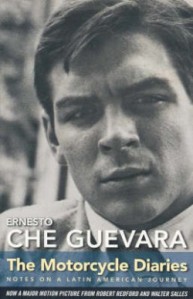
After reading the book, I did a quick search to fill in my knowledge of this remarkably polarizing individual:
After the events in The Motorcycle Diaries, Guevara finished medical school, but decided to travel, settling in Guatemala, which was adopting land reform under the leadership of President Jacobo Arbenz. While in Guatemala, he was given his famous nickname, Che, an Argentine term that can apparently be loosely translated as hey there. Che decided to join a brigade to fight the CIA’s overthrow of Arbenz, but the battle was over almost before it began; Che was able to escape to Mexico, where he met and became friends with Raúl and Fidel Castro. Fidel and Che quickly became close friends and brothers-in-arms. Che was eager to help Castro with his plan to depose the Cuban dictator Fulgenico Batista. At this time, Che also became close to Camilo Cienfuegos, who, along with Fidel Castro and Che Guevara, was a leading figure in the Cuban Revolution.
Che was among the eighty-two men who stuffed themselves onto a twelve-passenger yacht (the Granma), which was also laden with weapons and provisions. The yacht almost didn’t make it to Cuba and, after they landed, the men were attacked by security forces: only twelve of the original eighty-two men survived the attack and escaped into the Sierra Maestra Mountains (Raúl and Fidel Castro, Che Guevara (wounded), Camilo Cienfuegos, Juan Almeida, Efigenio Amejeiras, Ciro Redondo, Julio Díaz, Calixto García, Luis Crespo, Jose Ponce and Universo Sanchez). From their base in the mountains, the revolutionaries were able to sustain a lengthy guerrilla campaign and recruit resistance fighters.
[1956 – 1957] Che was promoted to comandante and took control his soldiers’ training. Che was an organized, committed, and intelligent commander; he suffered from acute asthma, which tormented him, but he fought through it. He insisted upon obedience and maximum effort from his men; he was a harsh and demanding commander, but was respected by those under him.
Batista attempted to defeat the revolution in the summer of 1958 and deployed considerable forces into the mountains: this strategy was a monumental blunder because the rebel forces were much better acquainted with the terrain and many of Batista’s soldiers deserted and/or switched allegiance. Near the end of the year, Castro sent three columns, including one commanded by Che, into Cuban cities.
Che’s assignment was to capture Santa Clara. He had only three-hundred men, and there were two-thousand, five-hundred federal troops in the city. It seemed like a suicide mission, but the morale of the federal soldiers was low, and the majority of the city’s citizens supported the rebel forces. Che and his men arrived on December 28 and by the 1st of January the rebels had done what was necessary to gain control of the city. This effectively marked the end of Batista’s rule.
[1959 – ] The rebels travelled to Havana to set up a new government and Che, along with Raúl Castro, was given the task of gathering former Batista officials for trial and execution. Che had previously ordered the execution of many traitors, and had no qualms about making examples of those involved in the oppressive regime; Che was a sincere advocate of communism and the Revolution and the infuriated response of the international community had no effect on his decisions.
Che was given the roles of Minister of Industry and head of the Cuban Bank. He held a disdain for the inherent inequity of the division of money in the world and signed the currency with only Che, which caused much consternation within the monetary community. He developed the Cuba-Soviet Union relationship, managed Cuba’s adaption to communism, and played a major role in attempts to transport Soviet missiles to Cuba (which, in turn, resulted in the 1962 Cuban Missile Crisis). Over time, Che became frustrated with the policies of the Soviet Union and developed a similar disdain toward their foreign affairs as he held for the United States.
[1965] Che became restless; he didn’t have the constitution to be a government worker, no matter how elevated the post. He still felt the call for revolution and wanted to spread his message to the world. Communists generally believed that Africa was the weak-link in the western capitalist/imperialist control of world affairs, so Che disappeared from his political life and travelled to the Congo in support of the revolution headed by Laurent Désiré Kabila (after Che’s disappearance there were unsubstantiated rumors that he and Fidel had a falling-out, but this is believed to be an erroneous assumption).
Che spent nine months in the Congo, but it was a futile revolution: Kabila was an unreliable leader and the rebel forces were easily defeated. Che wanted to stay and die for the cause, but he was convinced to return to Cuba.
[1966] Che wanted to initiate a communist revolution in Argentina, but Fidel Castro, and others, convinced him that he could better succeed in Bolivia. Unfortunately, Che’s Bolivian revolution was as disastrous as his experience in the Congo. He had fifty Cuban soldiers and was counting on support from revolutionary communists in Bolivia, but the Bolivian revolutionaries were undependable, and were possibly the very people who betrayed him. The CIA had trained Bolivian soldiers; in short order, the CIA was aware of Che and was able to monitor his communications.
[1967] Che and his rag-tag revolutionaries were able to achieve a few small victories, but his compliment was soon down to twenty men and supplies were dwindling. The Bolivian forces were getting closer.
On October 7, 1967, Che’s group were taking respite in the Yuro ravine. There was a four-thousand dollar reward for ‘information leading to Che’: local farmers notified the Bolivian army and the army quickly closed in. Che was wounded in the leg and captured alive. On October 9, 1967, Che was executed by Sergeant Mario Terán of the Bolivian Army.
The world is full of love and hate for Che Guevara, a man who will not soon be forgotten. He is certainly one of the major controversial personalities of the twentieth century. In some parts of the world he is revered as a man who resisted imperialism and neocolonialism; he is seen as an idealist who shared his love for the common man and died fighting for his beliefs. In particular, he is a national hero in Cuba: his face adorns the 3-peso note and schoolchildren pledge to ‘be like Che’ as part of a daily chant. However, there are many who abhor the man’s ideology and consider him to be a murderous zealot who presided over unnecessary executions; moreover, there are those who condemn his catastrophic economic policies in Cuba and refer to him as a pointless figurehead for the unsuccessful proliferation of communism.
 As many others have pointed out, the quintessential, lasting image of Che is steeped in irony; the famous photograph of Che, by Alberto Korda in 1960, has helped line the pockets of capitalists selling t-shirts, baseball caps, the iconic beret, and other merchandise.
As many others have pointed out, the quintessential, lasting image of Che is steeped in irony; the famous photograph of Che, by Alberto Korda in 1960, has helped line the pockets of capitalists selling t-shirts, baseball caps, the iconic beret, and other merchandise.
Che Guevara left his mark on our world; he became a martyr, an icon that will no doubt last for generations, but who knows what his lasting legacy will be?
.
.
.
